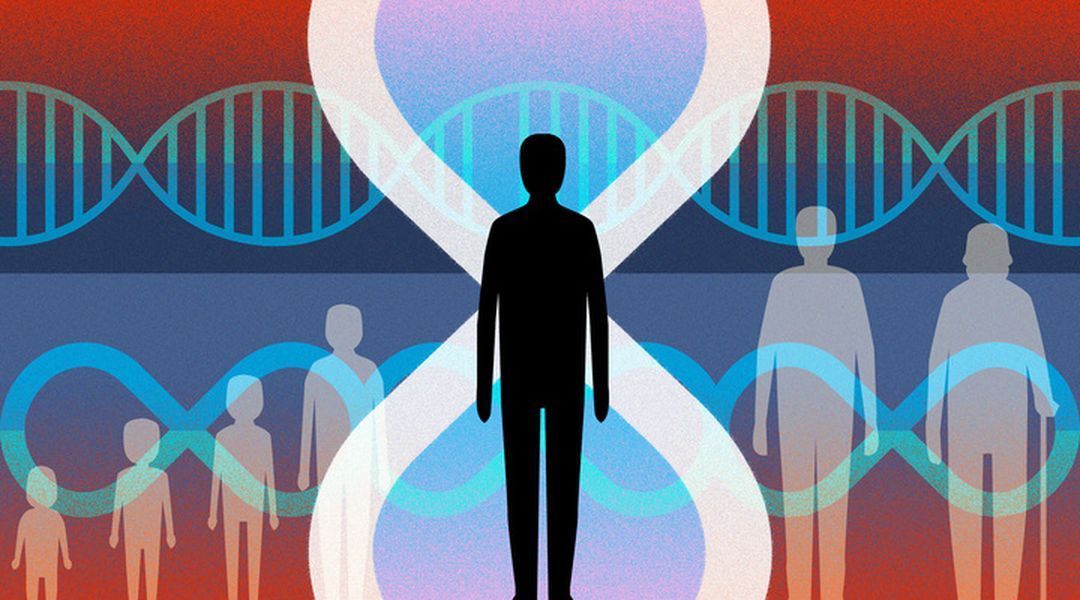On May 16-19th a longevity research conference is being held in Paris.
On May 16-19th renowned researchers and advocates of healthy life extension will gather in Paris to discuss recent breakthroughs in regenerative medicine. The conference organized by the International Cell Senescence Association (ICSA) “The Ins and Outs of Cellular Senescence: Understanding the Biology to Foster Healthy Aging and Suppression of Disease” will take place in the famous Pasteur Institute in Paris. In addition to the main conference, an open public event will be held on the afternoon of May, 19th: an international panel of experts in aging research under the lead of Eric Gilson (Ircan research institute on cancer and aging in Nice) will reveal what we know about biological aging today and what medicine can do to prevent age-related diseases.
The main event will feature the latest cutting-edge findings in cell senescence – one of this year’s hottest topics in aging research with a host of guest speakers and discussions taking place over the four days. It will also explore recent findings such as the fact that some kinds of senescent cell appear to have positive effects like suppressing tumour development, or helping with regenerating tissues or wound healing – but seem to be different from those that accumulate in the body damaging health.







